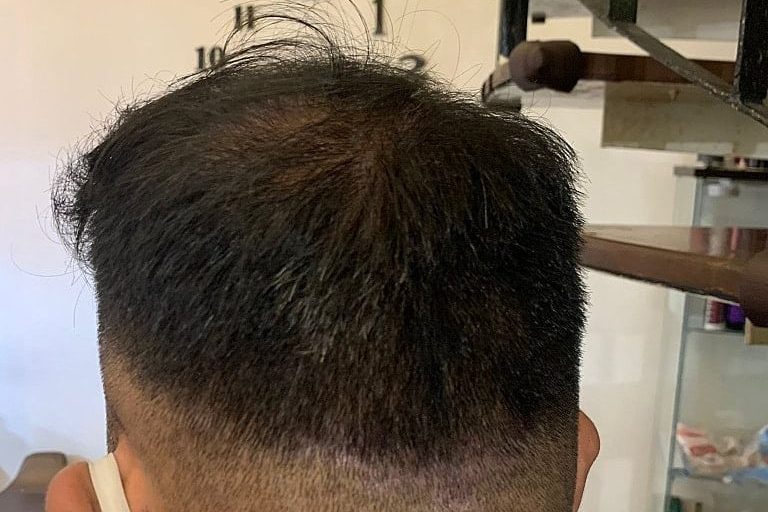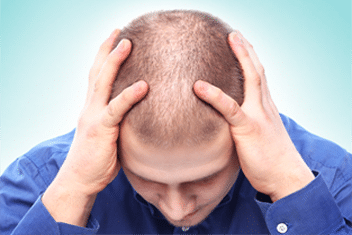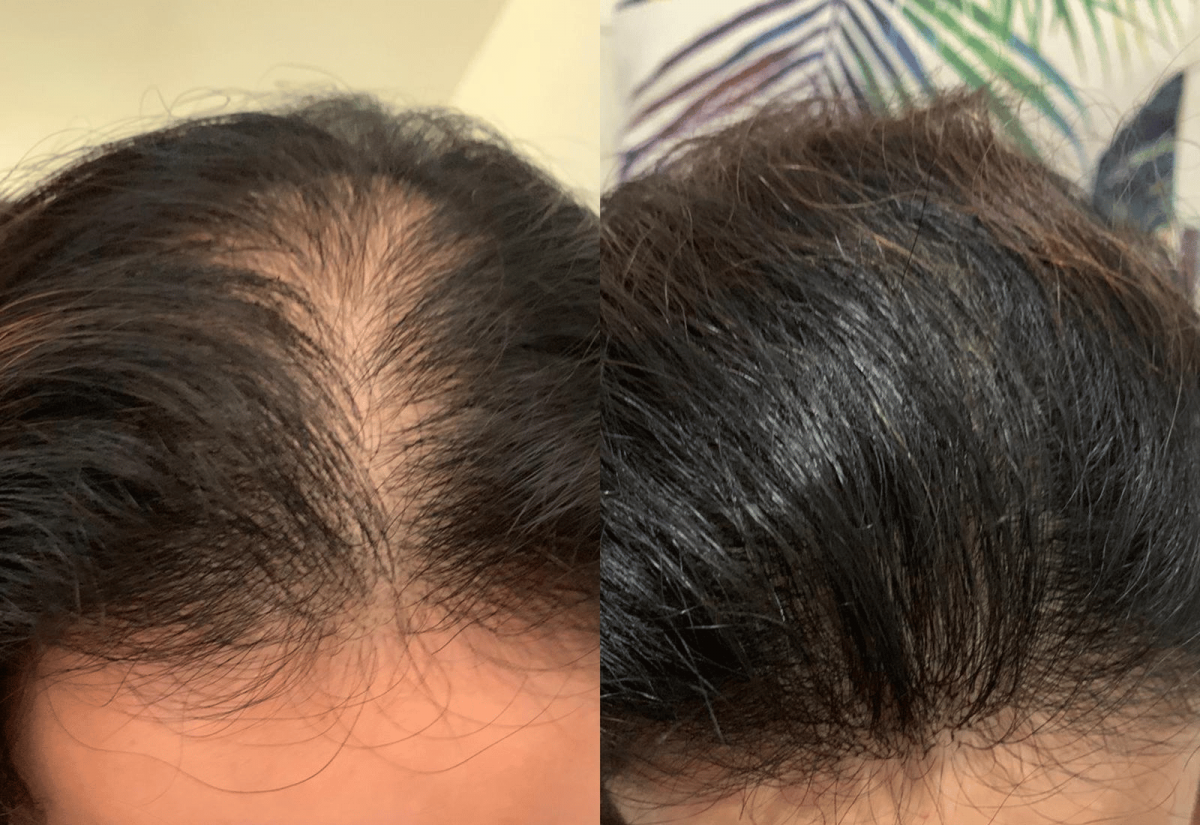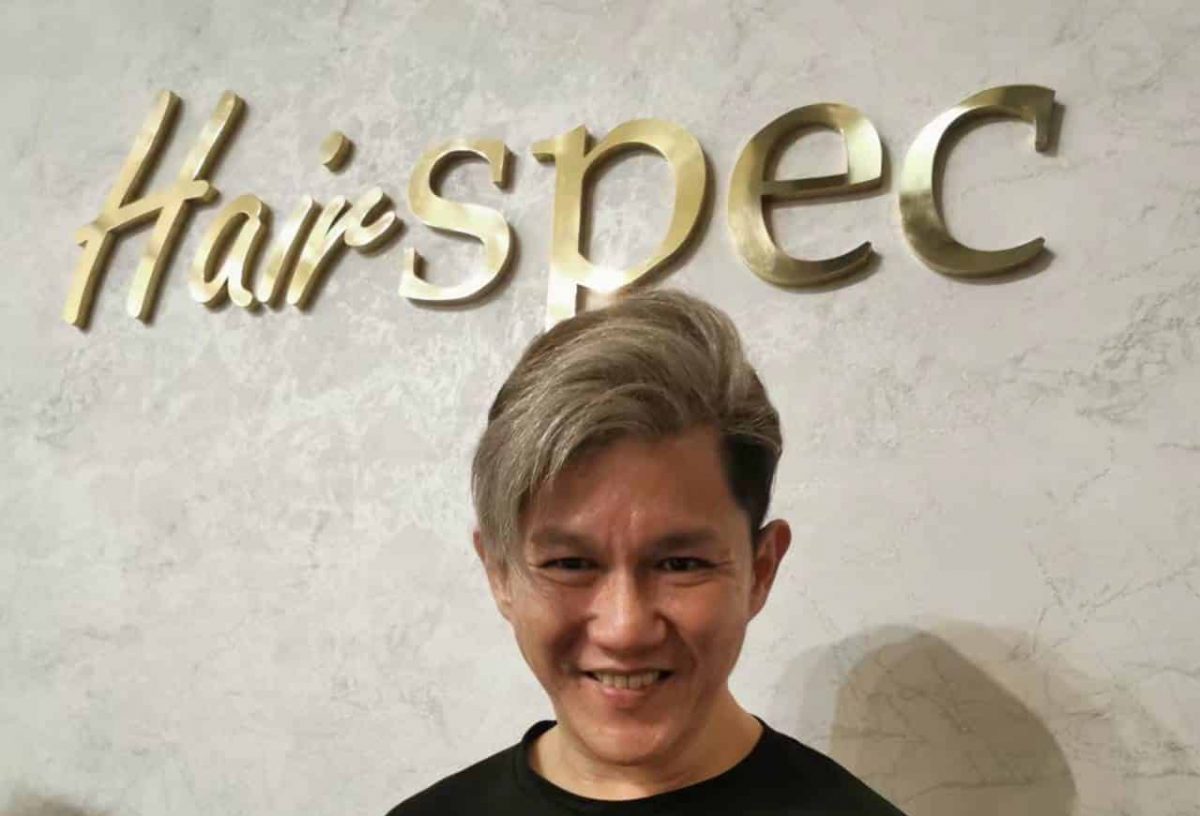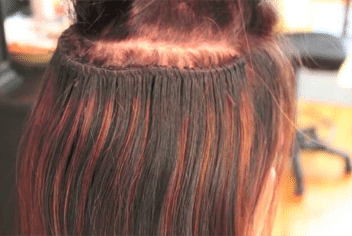Introduction
Finding the right place to go for a hair replacement in Singapore can be a challenge. With so many salons offering multiple hair replacement options, it can be hard to know where to find the best. In this blog, we provide our top tips for identifying the best hair replacement salon in Singapore so that you can feel confident that you’re getting the best service possible for your hair needs. Read on to find out more!
Introduction to Hair Replacement in Singapore
Hair replacement technology has come a long way since it first emerged in the 1970s. Nowadays, there are more options than ever for those who are looking to add volume and fullness to their hair. Singapore is home to many excellent hair replacement experts who excel in this field, helping those with hair loss or thinning to regain natural-looking locks. In this article, we’ll be giving our top tips on how to identify the best hair replacement providers in Singapore. We’ll also provide advice on what to look for when choosing a specialist for your hair replacement needs. So, if you’re looking for the best hair replacement possible, read on!
Why Singapore Is the Best Place for Hair Replacement
Singapore is an excellent destination for hair replacement. With a range of top-notch facilities and a skilled team of fully qualified professionals, Singapore is a leading global destination for hair replacement. The country’s reputation for quality healthcare, highly advanced medical facilities and experienced doctors make it an attractive choice for those who want to restore their hair. The country also offers a wide range of options, including synthetic and human hair for patients to choose from. In addition, there are numerous reputable clinics offering different types of treatments and services, so patients can choose the most suitable for them. With a commitment to safety, quality and customer satisfaction, Singapore is the perfect place for those looking for the best hair replacement solutions.
Finding the Right Hair Replacement Method
Consider Your Desires and Lifestyle
When it comes to hair replacement, it is important to consider your desires and lifestyle before making a decision. Firstly, it’s important to understand your ideal outcome and set realistic expectations about what a hair replacement system can achieve. Consider factors like the lifespan, maintenance, and cutting and styling requirements before making a choice. Secondly, think about the type of lifestyle you lead – a system that works perfectly for someone who leads a sedentary lifestyle may not be suitable for someone who leads an active lifestyle. Lastly, consider the amount of time you are willing to dedicate to your hair replacement maintenance – a low maintenance system may be the best choice for someone who prefers to spend minimal time on their upkeep. With these factors in mind, you can more effectively identify the best hair replacement option for you in Singapore.
Talk to a Trusted Professional
If you’re considering a hair replacement, it’s important to be informed and make the right decision. Here at [name], we believe that the best way to do that is to consult a trusted professional in the industry – one with the expertise, experience, and know-how to help you select the right system for you. Talking to a trusted professional can help you identify the best hair replacement for your individual and unique needs, as well as any potential risks or complications involved. During your consultation, your hair consultant can provide advice and guidance to ensure that you select only the highest-quality products and solutions that fit both your style and budget. Ultimately, speaking to an experienced professional is one of the most important steps to ensuring the best possible end result for your hair replacement. Click here to give HairSpec a Call to discuss further.
Types of Hair Replacement
Hairpieces and Toupees
Hairpieces and toupee are a great solution for anyone looking for a hair replacement in Singapore. While finding the right hairpiece or toupee is not always easy, there are some key tips that can help ensure you get the best one for you. It is important to look for a high-quality product, as not all products may fit your requirements. Look for a natural texture and colour that is similar to your own hair colour. Additionally, ensure the hairpiece fits comfortably and securely, and choose one that is easy to care for and maintain. Take your time when choosing the right product to ensure you get the most out of your hair replacement experience.
Hair Transplants
Hair transplants are becoming an increasingly popular option in Singapore for those looking to restore hair growth or change the style of their hair. When it comes to finding the best hair transplant, it’s important to research the clinic’s credentials and reputation. Don’t be afraid to shop around for different companies, as not all clinics will offer the same quality and service. Look into the experience of the surgeons, the technique and type of grafts used, the cost, and the aftercare provided. Most importantly, make sure you are fully knowledgeable about the risks associated with any kind of surgery, no matter how minor, and are comfortable with any decisions you make. With the right research and selecting qualifications, you can achieve the desired results of a hair replacement procedure.
Non-surgical Hair Replacement
Non-surgical hair replacement is an ideal option for those who are looking for a long-term solution to hair loss. It is safe, cost-effective and, with the right treatment and aftercare, can provide natural-looking results. When looking for the best hair replacement option in Singapore, there are a few factors to consider. Firstly, choose a trusted provider that has many years of experience in the field. Ask for before-and-after photographs of previous clients to get an idea of the outcome you can expect. Secondly, make sure to get regular scans to ensure that your hair replacement remains in good condition. Lastly, ensure to book routine maintenance appointments, as this will help to keep your hair looking natural and healthy.
What to Consider When Choosing a Hair Replacement
Quality of Hair Replacement System
When searching for hair replacement solutions in Singapore, it is essential that you seek out only the highest quality available. To ensure you get the best possible outcome, it is recommended to select a qualified professional with lots of experience, as well as a reputable company with experience in providing hair replacement solutions. It is also worthwhile to read customer reviews online, as this can help to give you a better understanding of the quality you can expect from each provider. With this in mind, you can be sure of finding a hair replacement solution which is of the highest quality in Singapore.
Cost of Hair Replacement
When it comes to hair replacement in Singapore, cost will likely be one of the primary considerations for most. While getting the best results that align with your goals may require a bigger budget, it is important to be realistic and shop around for the best value. Research the rates of trusted establishments and compare them, paying close attention to other factors such as quality of the product and reviews. The best option for you may not always be the most expensive, so do your due diligence and make sure you get the most bang for your buck.
Professionalism
When it comes to finding reliable hair replacement services in Singapore, professionalism should always be a priority. The providers you choose should be capable of catering to your needs in a way that is both competent and courteous. From the initial consultation to the follow-up management, you should always expect the utmost level of professionalism and attention to detail. At the same time, it’s also important to ensure that the provider you choose has the necessary qualifications and experience to fulfil your needs. You need to be confident that the hair replacement service you choose is able to give you the results you require.
How to Care for Your Hair Replacement
Regular Maintenance
Regular maintenance is key for ensuring your hair replacement looks and feels as natural as possible. To identify the best hair replacement in Singapore, make sure to find a trustworthy professional who can take care of your hair. Regular trips to the salon are important to keep your hair looking great and in the best shape possible. Choose quality products, such as shampoos and conditioners, to make sure your hair is well maintained and retains it’s natural sheen and texture. By following a few simple steps, you can ensure the best possible care for you hair replacement, and find the best hair replacement in Singapore.
Proper Cleaning
Proper cleaning is essential when it comes to hair replacement in Singapore. Washing and conditioning your hair system regularly using high-quality products designed for hair systems will keep your hair in good condition and prolong its lifespan. When washing, use a mild non-sulphate shampoo and lukewarm water and avoid scrubbing the system too hard. After conditioning, drip-dry the hair with a towel or allow it to air-dry naturally. Use a wide-toothed comb and brush your hair gently in the direction of growth. Finally, if you use products such as styling gels, make sure to wash them out thoroughly. Properly cleaning your hair replacement system can ensure it looks and feels its best for longer.
Professional Assistance
If you’re seeking professional assistance to identify the right hair replacement in Singapore, focus on these key tips. Start by researching your options to find the best hair replacement clinics with a proven track record for excellent results. Ask for referrals from friends and family who have had successful treatments. Lastly, make sure to discuss your specific needs and concerns with the clinician to ensure that the right solution is tailored to your individual requirements. With these steps, you should be able to confidently identify a high-quality hair replacement specialist in Singapore and achieve the desired look you’re after.
Conclusion
Benefits of Hair Replacement
Hair replacement is becoming an increasingly common solution for hair loss in Singapore, especially as it offers individuals more comfortable and realistic-looking solutions. It is suitable for those experiencing thinning hair, baldness, alopecia, or undergoing chemotherapy treatments. A good quality hair replacement opens infinite possibilities to look and feel great again, as it provides natural looking hair with less maintenance. You will have the opportunity to enjoy the benefits of wearing a new hairpiece, such as increased confidence, improved self-esteem, and life-long hair loss relief as it is both reliable and simple to use.
Key Takeaways
Choosing the right hair replacement in Singapore is an important decision that should be made carefully and with due consideration. To help you decide on the best hair replacement for you, here are some key takeaways to bear in mind: Firstly, ensure your chosen salon is experienced and reputable, and ask to speak to a stylist to discuss your requirements before making a decision. Secondly, ask around for reviews and recommendations to ensure you make an informed choice. Thirdly, consider comfort, compatibility, and quality of the hair replacement to ensure you find one that fits your needs. Finally, always make sure to have a thorough consultation with your hairdresser to find the best hair replacement for you.



